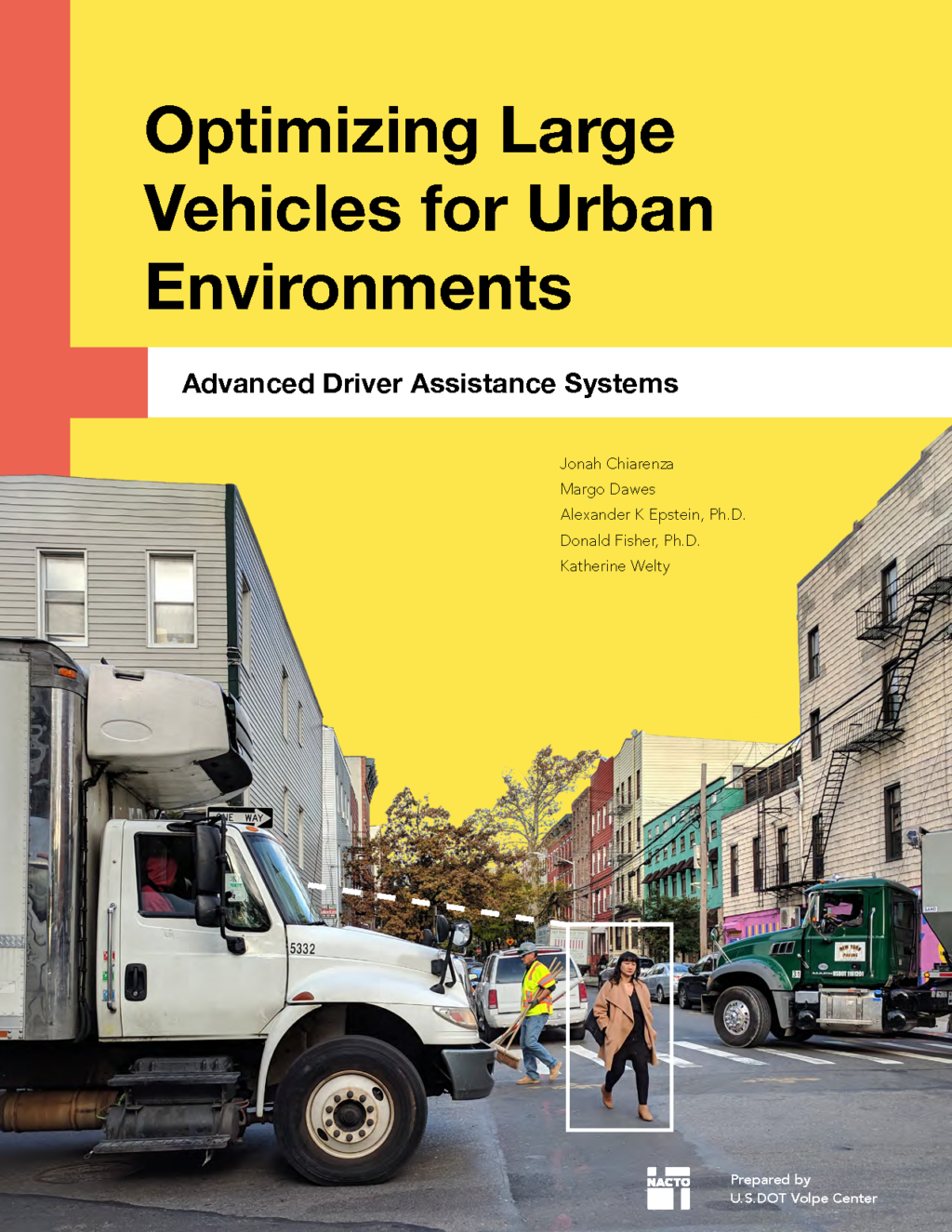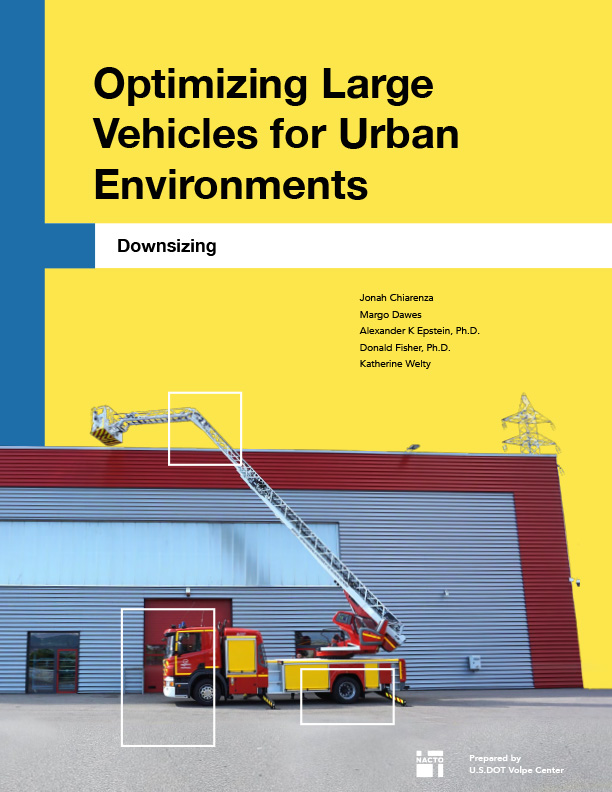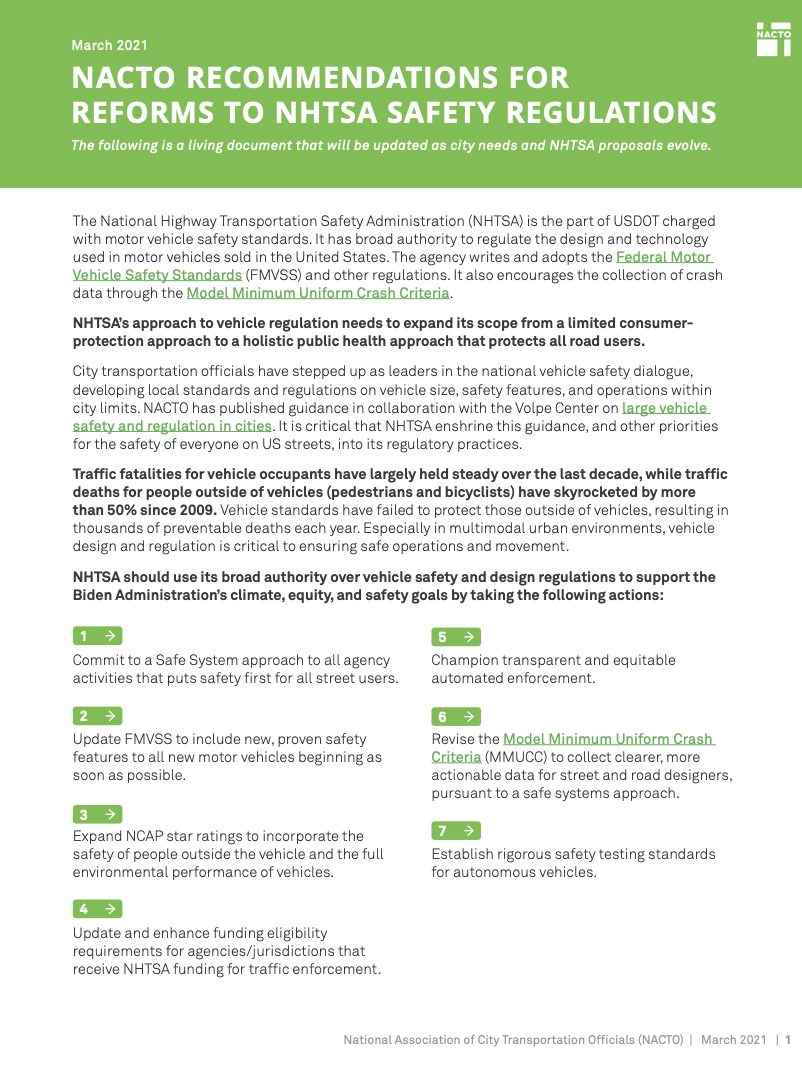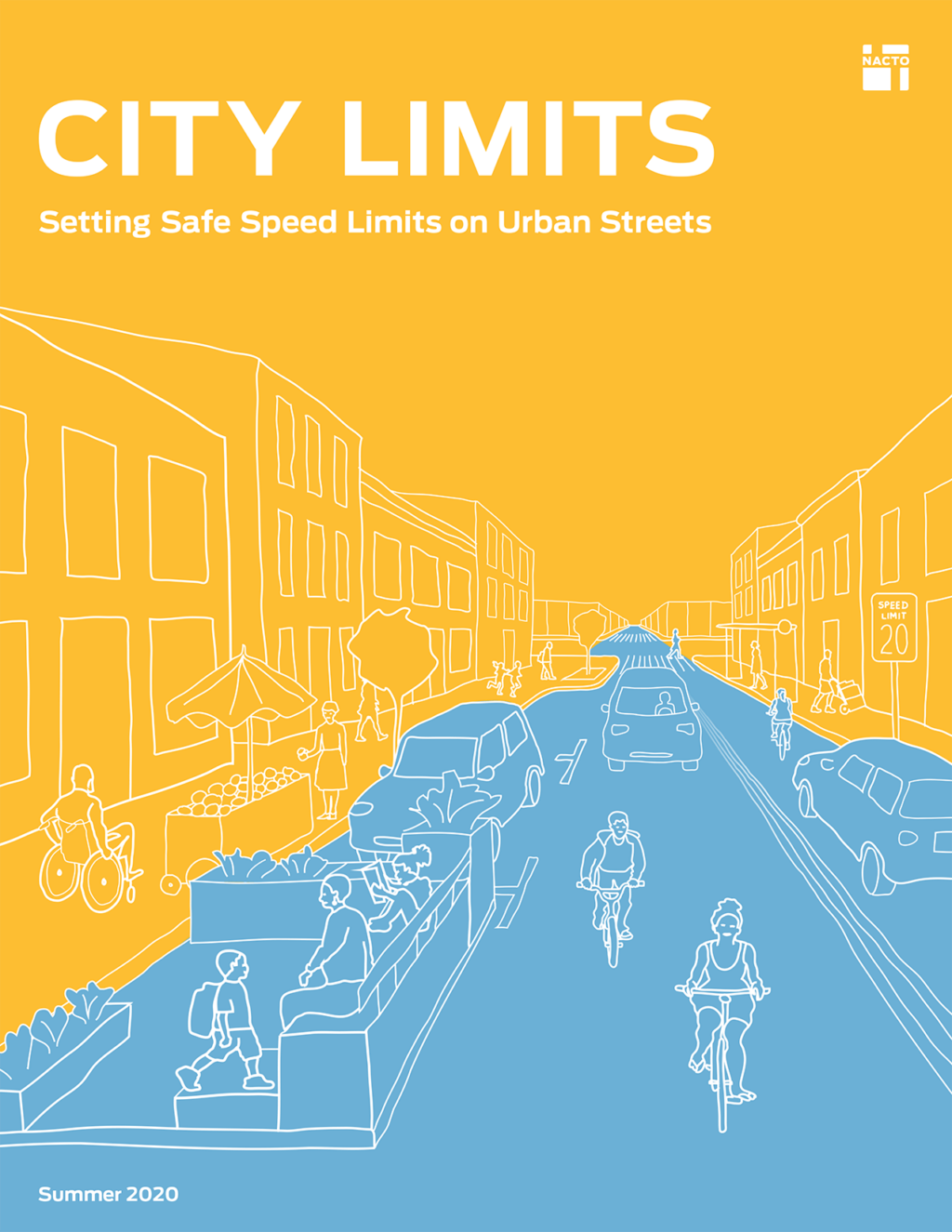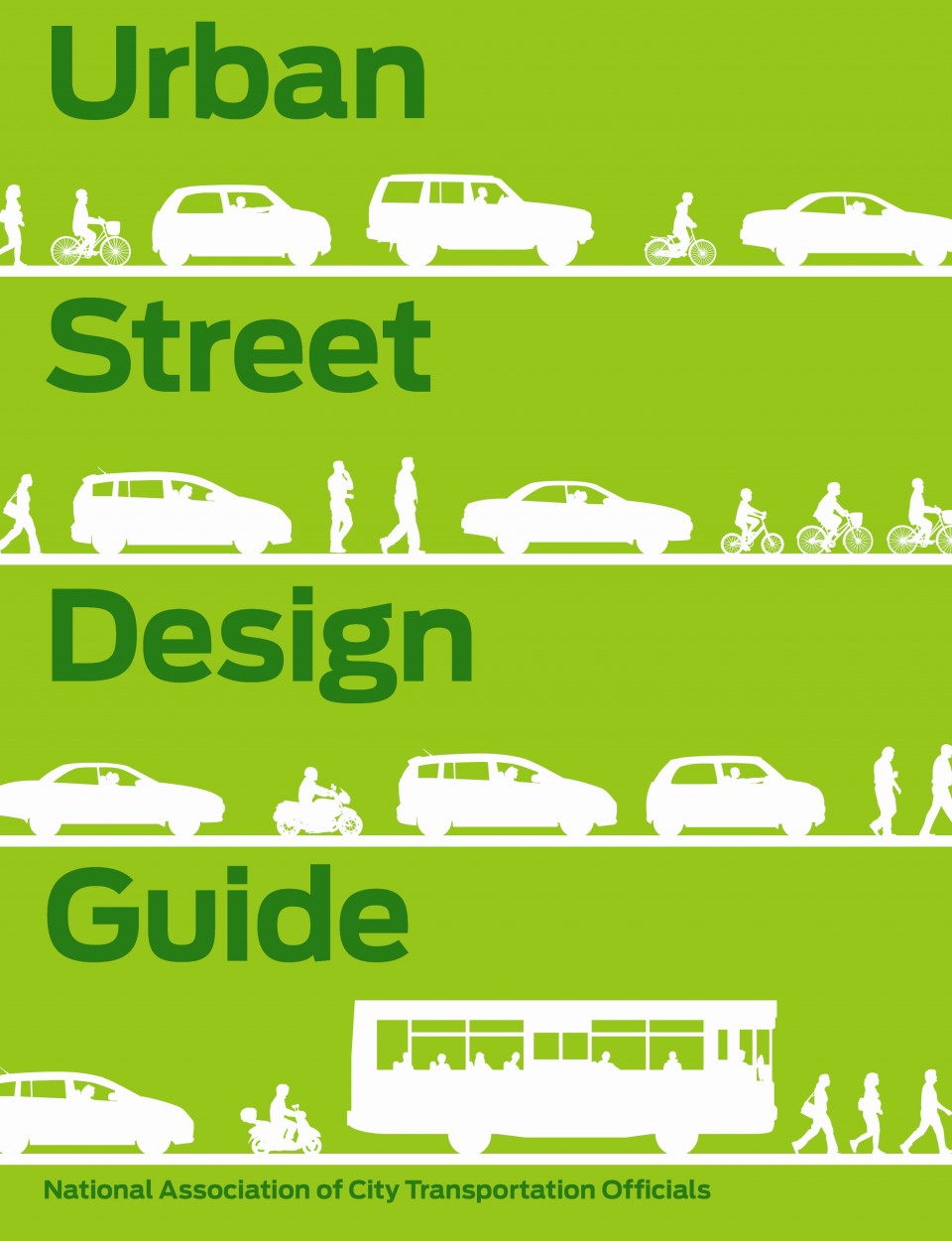Vehicle designs currently on market but not in widespread use can improve driver visibility and street maneuverability, saving lives through fewer and less severe crashes
Large vehicles move goods and services that support thriving, livable communities and urban centers. However, these vehicles are disproportionately responsible for fatalities on U.S. roads. Nationally, large trucks comprise 4% of the U.S. vehicle fleet, yet are involved in 7% of pedestrian fatalities, 11% of bicyclist fatalities, and 12% of car and light-truck occupant fatalities.
When it comes to traffic fatalities, vehicle size matters. Large trucks typically have blind spots that are larger than those of the average car, making it harder for truck drivers to see people or objects directly next to or in front of them.
To address these safety challenges in the near-term, municipal and private fleet operators and policymakers can potentially reduce the number of fatalities involving large trucks by redesigning the vehicles themselves in ways that are more compatible with safe, vibrant city streets. Vehicle redesign is a near-term strategy that supports improved street design that can save lives.
Advanced Driver Assistance Systems
Advanced driver assistance systems (ADAS) refer to a variety of vehicle safety technologies that use onboard radar, camera, and other sensors to scan the vehicle’s surroundings and either alert the driver or automatically intercede on the driver’s behalf to prevent or mitigate a wide range of crash types.
ADAS can reduce reaction times and mitigate crashes with other vehicles. However, current forward collision warning (FCW) and automatic emergency braking (AEB) systems in large vehicles are limited in their ability to detect pedestrians and bicyclists on city streets. Coupling ADAS systems with driver training and education is essential to avoid overreliance and worsened safety outcomes. Forward Collision Warning (FCW) systems can be retrofit onto existing vehicles and ADAS can be linked with telematics systems to provide driver training tools and to identify “hot spots” where unsafe vehicle behaviors occur.
